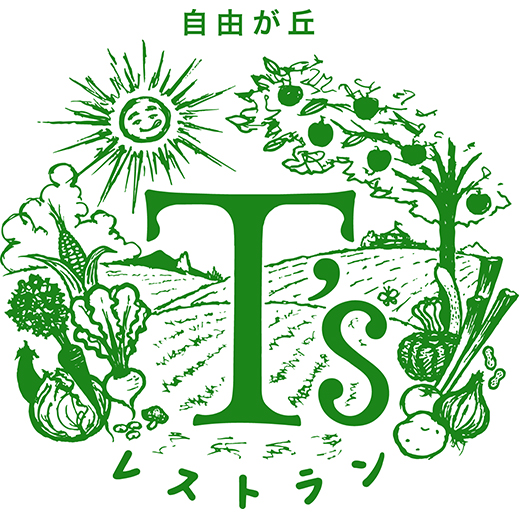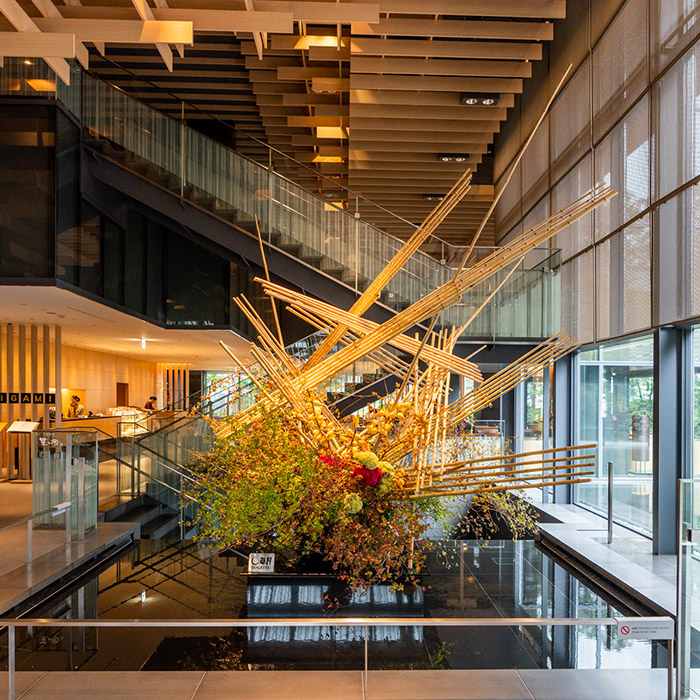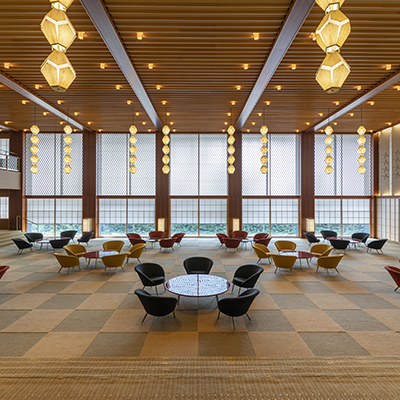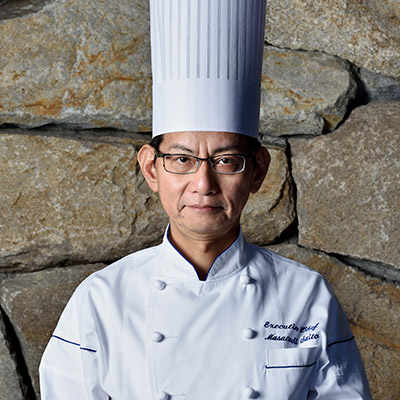October 7, 2025
“The Innovator of the Gagaku World” – Noriaki Mita: A Gagaku Master Challenging a Thousand Years of Tradition
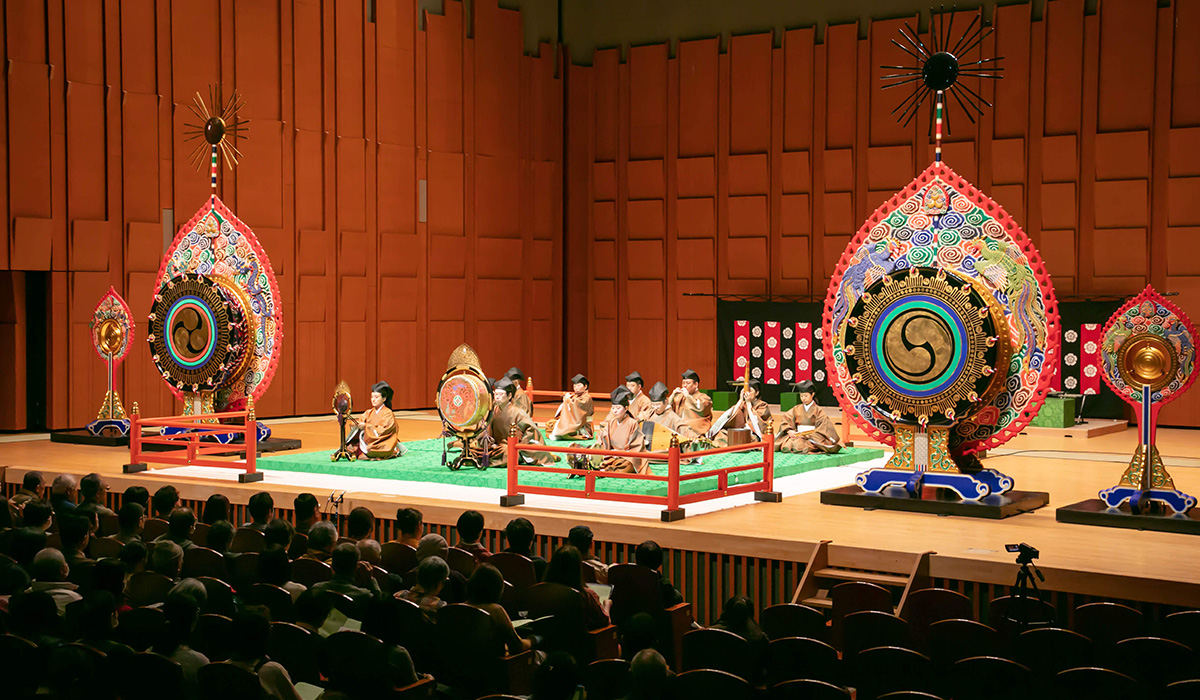
For more than a millennium, Gagaku—the elegant ancient court music of Japan—has been handed down from generation to generation, evolving with the times while preserving its sacred character. Even in this deeply tradition-minded field, new approaches have been emerging to respond to the changing era.
In this feature, we spoke with Noriaki Mita, often referred to as the “man of revolutionary temperament in the Gagaku world.” For over thirty years, he has dedicated himself to performing Gagaku with live commentary, a practice that was once rare. He has worked not only across Japan but also in Korea, China, and Vietnam—the cultural homelands of much of Japan’s classical Gagaku tradition. Through his “Return to Asia Project,” he aims to re-envision Gagaku as a shared pan-Asian art form.
Introduction
Recognized as both a National Important Intangible Cultural Property of Japan and a UNESCO Intangible Cultural Heritage, Gagaku was first introduced to Japan some 1,400 years ago. By the 10th century, it had taken on the form still performed today, making it a living tradition with a history of over a thousand years in its present style.Gagaku unites dance and song of continental origin—mainly from ancient China and Korea—with the distinctive Japanese ensemble of wind, string, and percussion instruments, often called “the world’s oldest orchestra.”
Many compositions reflect the worldview of the people of the 10th century, closely attuned to nature. For example, the piece “Kanshu” was believed to protect ripening rice from harmful insects: the music incorporated tones resembling the calls of birds that prey on such insects, thereby discouraging their presence in the fields. Other pieces were composed for occasions such as the reconstruction of a home, revealing how deeply Gagaku was interwoven with the rhythms of daily life.
Traditionally, Gagaku masters are versatile performers of all instruments, dance, and song. Remarkably, they do not rely on written scores; rather, the art has been transmitted orally, enabling subtle nuances of tone and advanced techniques—difficult to capture in notation—to be faithfully passed on. Today, in addition to performing at Imperial Court rituals and garden parties, Gagaku artists frequently appear on international stages.
The Unique Instruments of Gagaku
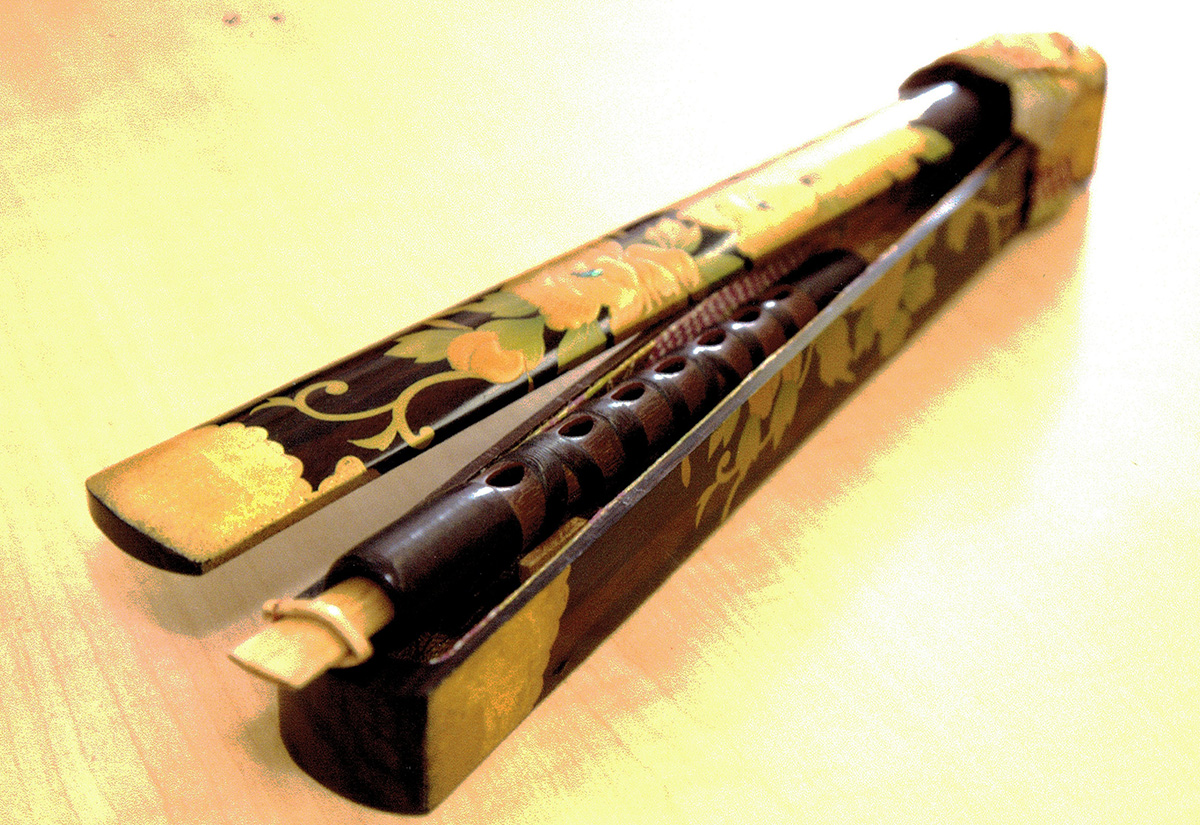
Hichiriki
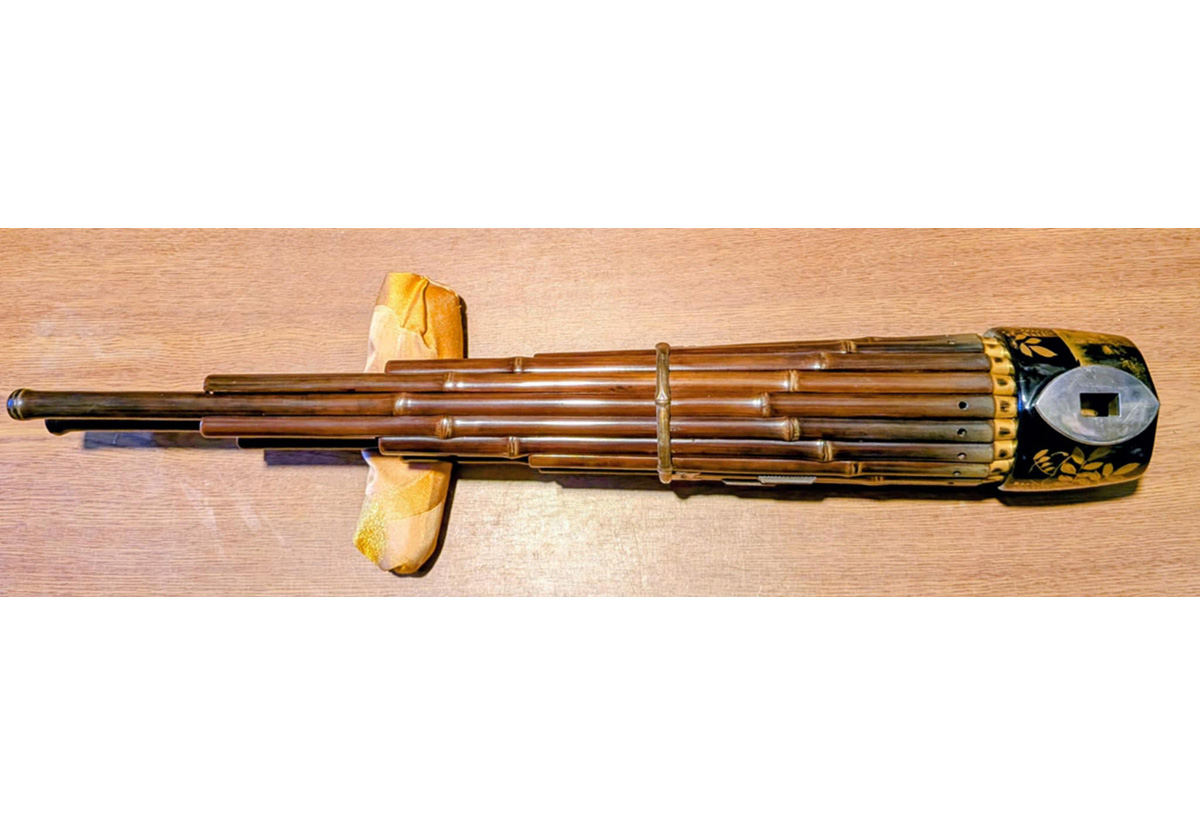
Shō
A small vertical bamboo pipe with a double reed, the hichiriki carries the principal melodic line. The reed is moistened not with water but with Japanese green tea, whose catechins provide antibacterial effects and stiffen the reed, allowing it to produce a firm, resonant tone.
Shō (笙)
Composed of seventeen slender bamboo pipes bound together in a circle, the shō produces a pure, ethereal sound often called the “voice of heaven” and is reminiscent of a pipe organ. Its greatest enemy is moisture from the player’s breath. To preserve its clear tone, the instrument must be gently warmed over a brazier before and after playing to prevent it from drying out.
About Noriaki Mita
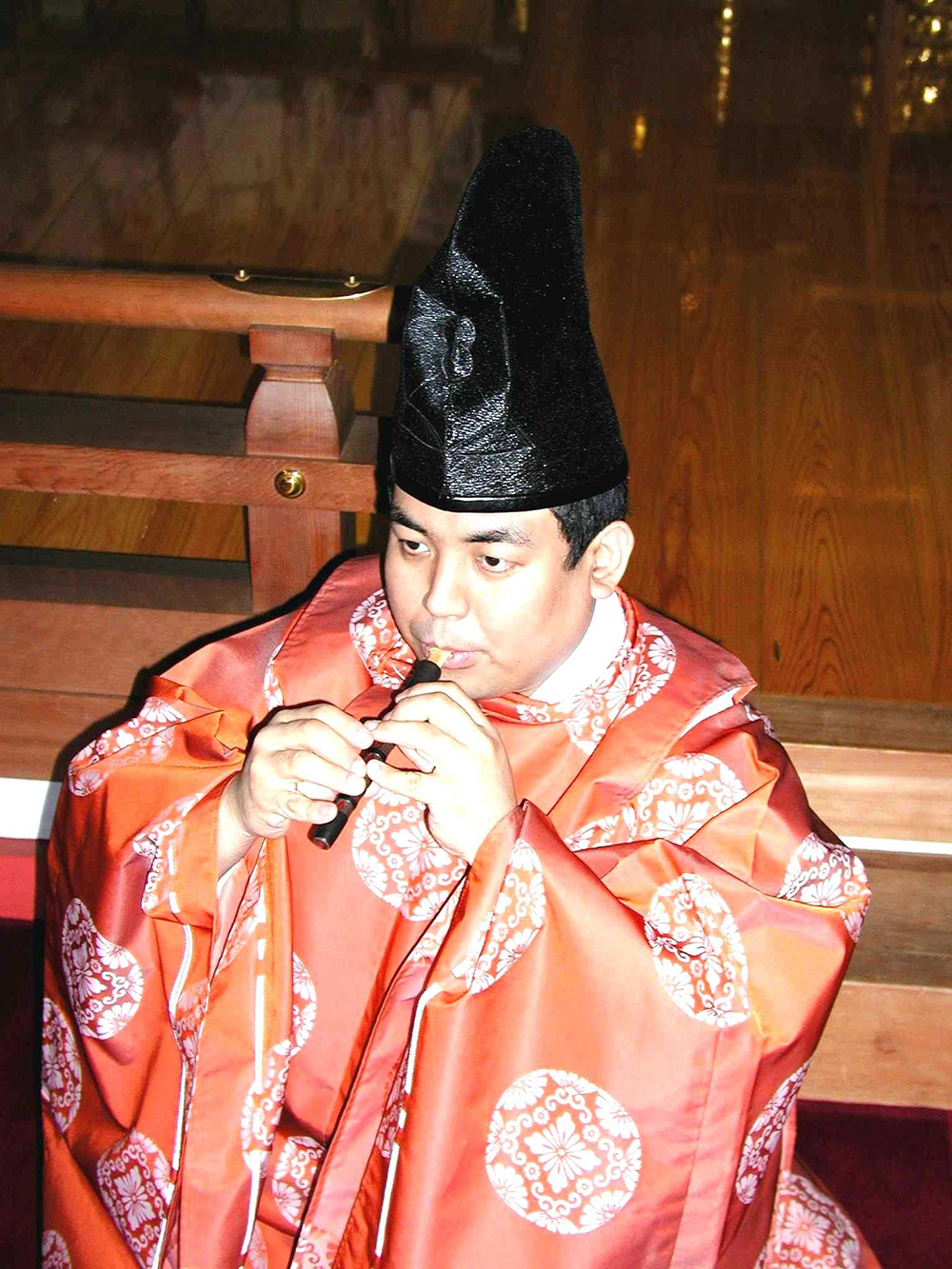
Interview – Q & A
What are the defining characteristics of Gagaku?There are two main features.
First, Gagaku has no conductor. The ryūteki (dragon flute) leads off, followed in turn by the percussion, the shō providing harmonies, and then the hichiriki and other melodic instruments. This reflects Japan’s polytheistic worldview: instead of a single authoritative figure directing the ensemble, each instrument fulfills its own role, and their interplay creates the music.
Second, Gagaku often employs deliberate dissonance. While those with perfect pitch may find it unsettling, these dissonant intervals are a distinctive hallmark of Gagaku. In particular, pieces used in funeral rites consciously employ such sonorities to stir the listener’s emotions.
What do you regard as most important in performance?
I value both the ritual and the playful aspects of Gagaku.
Its ritual dimension derives from its origins as music offered to the deities. In the 7th and 8th centuries, when Japan sought recognition as a civilized state in the international order, music for formal rites was considered indispensable.
From the 9th century onward, however, the playful side came to the fore: court nobles themselves performed Gagaku for amusement, even incorporating hints of romantic scandal into sacred songs. The Japanese of that time believed their gods shared human emotions. I too perform with the feeling that I am “enjoying music together with the deities.”
Can Gagaku be appreciated by people overseas?
Absolutely. One of its great appeals is that it can be enjoyed even without understanding Japanese. Many songs lack lyrics, and many dances have no specific narrative meaning, enabling the music to communicate beyond language.
To enhance accessibility, I often present performances with interpretive commentary in both Japanese and English—a relatively uncommon practice in Japan. Many overseas audience members express amazement that “a tradition long vanished in our country is still alive in Japan.”
What challenges would you like to pursue in the future?
I would love to establish a Gagaku Competition—for example, in the birthplace of China’s legendary Prince Lan Ling—where students and ensembles from Japan, China, and Korea could gather to showcase their skills. Such a contest would not only foster mutual inspiration but also raise wider awareness of Gagaku and encourage the transmission of ever-higher standards of artistry.
Closing Remarks
Noriaki Mita’s endeavors embody the spirit of honoring tradition while breathing in new life. We look forward with anticipation to the realization of his grand vision and to seeing how his innovations will shape the future of this venerable art.We warmly encourage readers to experience the sound of Gagaku in person. Such an encounter is sure to be a gift for the future—a living bridge between Japan’s heritage and the wider world, and a step in the unfolding story of Gagaku’s journey across the globe.



